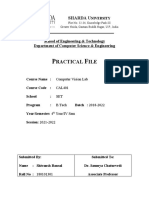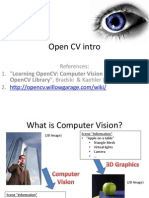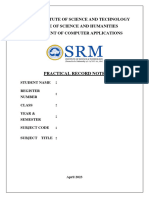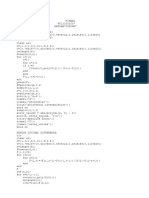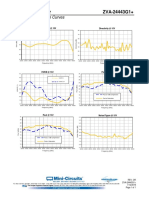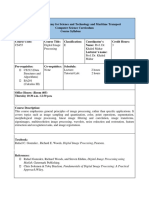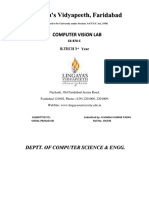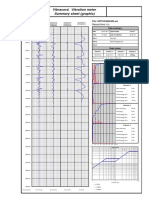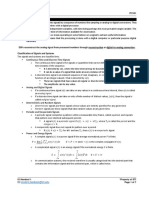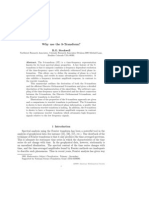0% found this document useful (0 votes)
69 views6 pagesComputerGraphicsNotesWeek9 01 0418
The document discusses various computer vision techniques in OpenCV including:
1. Template matching to find areas of an image similar to a template patch.
2. Hough circle transform to detect circles in an image.
3. GrabCut algorithm for interactive foreground extraction.
4. Meanshift and Camshift algorithms for color-based tracking in video.
5. Code is provided to open a video camera and save the stream to an AVI file.
6. Homework is assigned to write a program to open and save camera or video files using OpenCV.
Uploaded by
MD KAMRUZZAMANCopyright
© © All Rights Reserved
We take content rights seriously. If you suspect this is your content, claim it here.
Available Formats
Download as PDF, TXT or read online on Scribd
0% found this document useful (0 votes)
69 views6 pagesComputerGraphicsNotesWeek9 01 0418
The document discusses various computer vision techniques in OpenCV including:
1. Template matching to find areas of an image similar to a template patch.
2. Hough circle transform to detect circles in an image.
3. GrabCut algorithm for interactive foreground extraction.
4. Meanshift and Camshift algorithms for color-based tracking in video.
5. Code is provided to open a video camera and save the stream to an AVI file.
6. Homework is assigned to write a program to open and save camera or video files using OpenCV.
Uploaded by
MD KAMRUZZAMANCopyright
© © All Rights Reserved
We take content rights seriously. If you suspect this is your content, claim it here.
Available Formats
Download as PDF, TXT or read online on Scribd
/ 6


